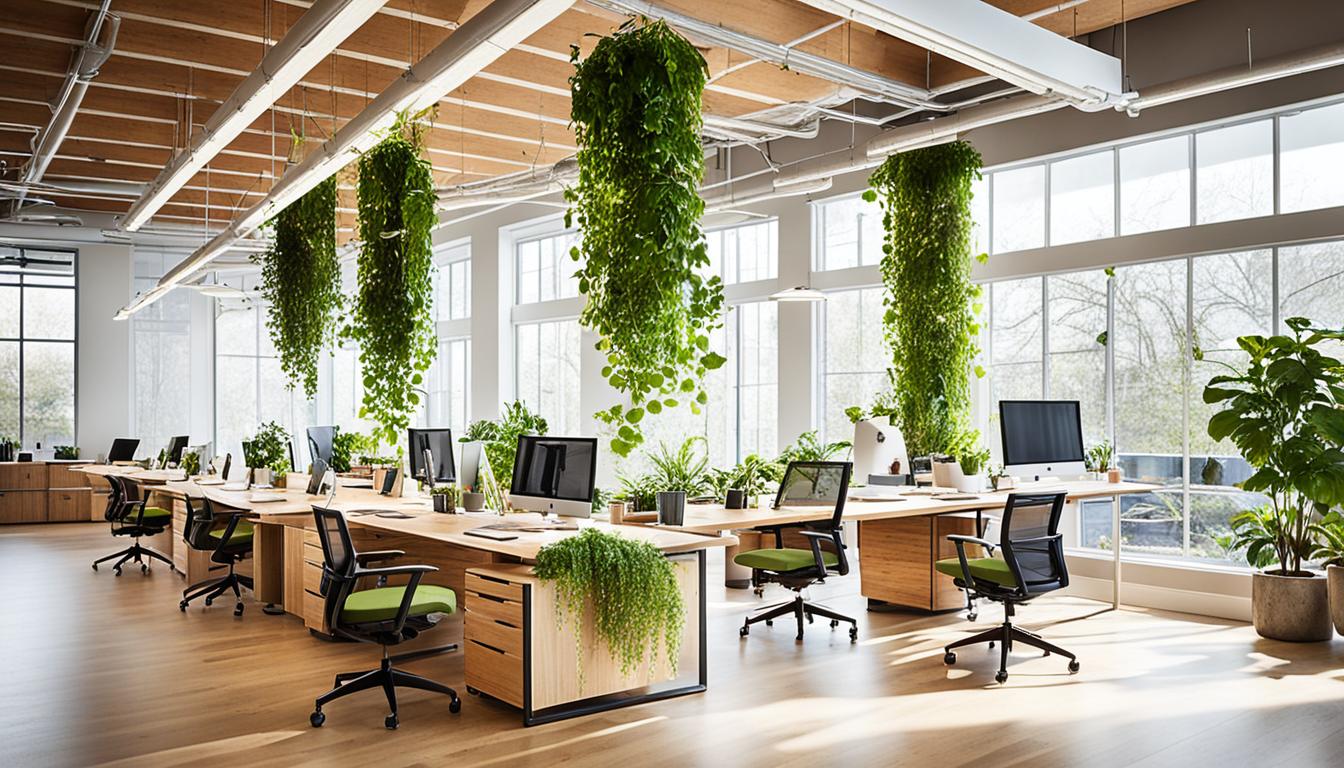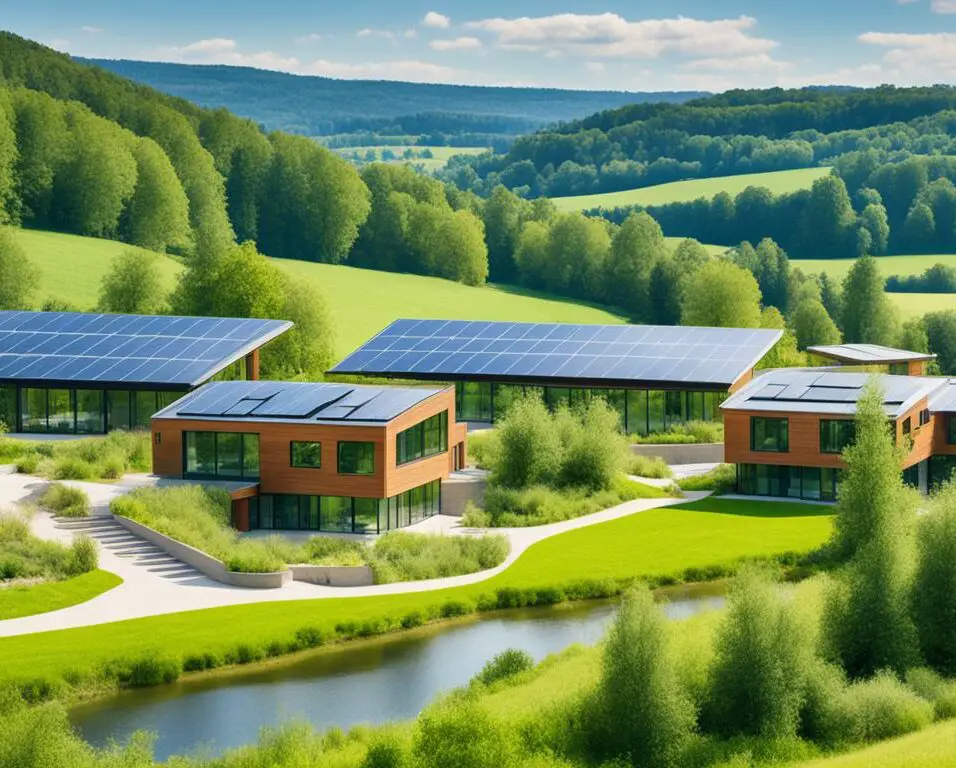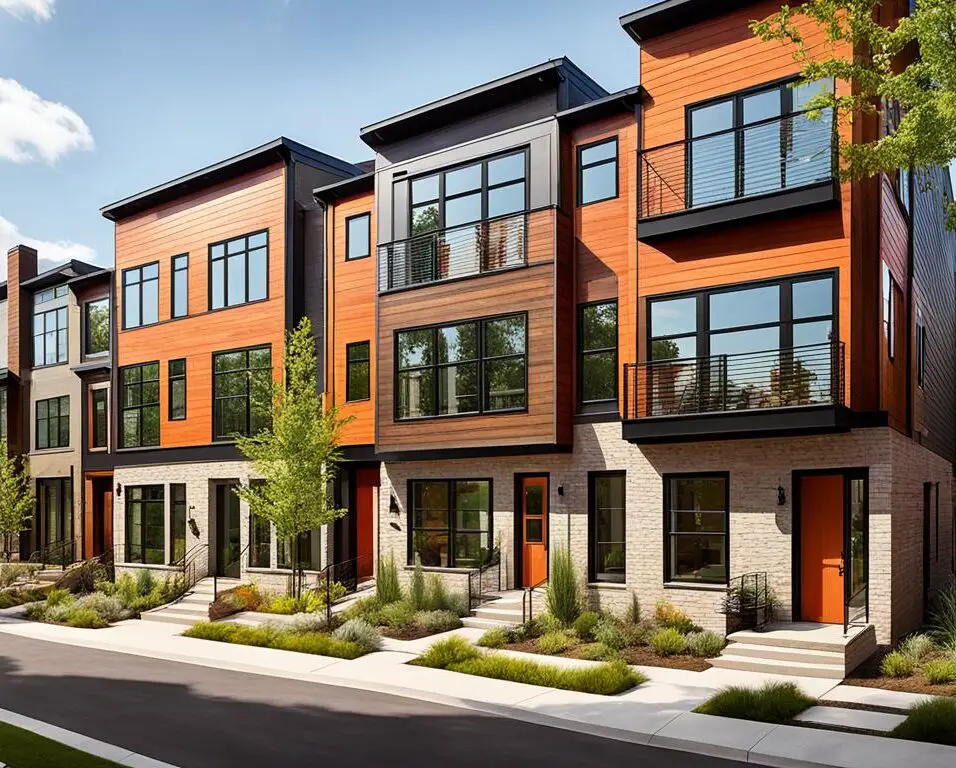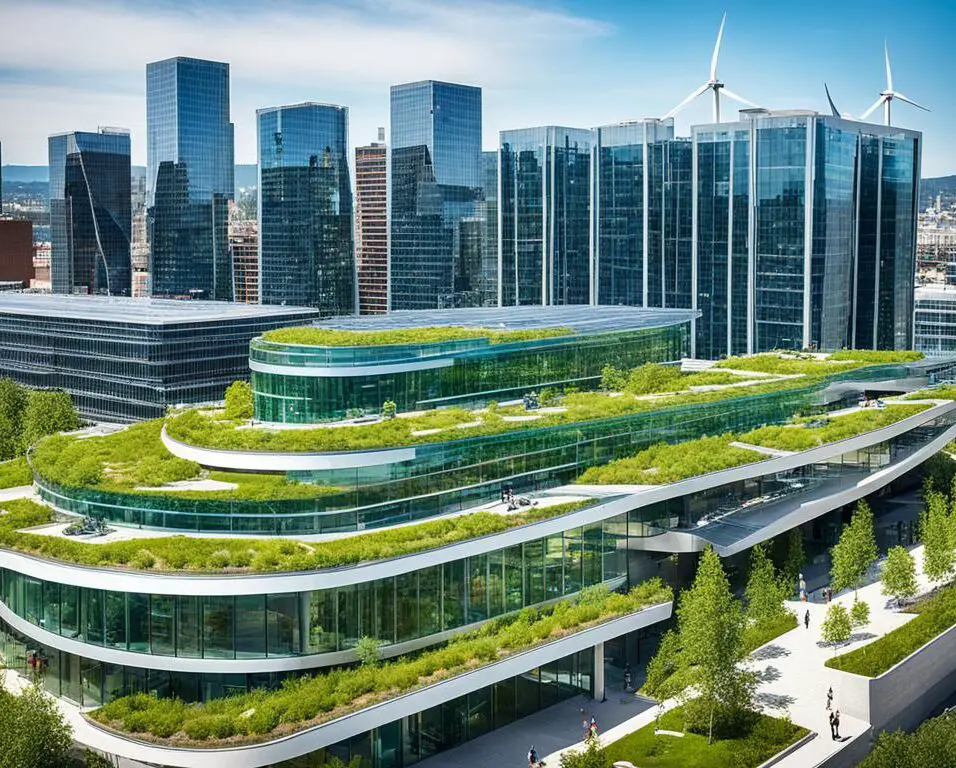Biophilic Design Concepts You Need to Know Today
Biophilic design is an innovative approach in the world of interior design and architecture that focuses on creating spaces that allow individuals to connect with nature. It is based on the principle that humans have an innate affinity for the natural world, and incorporating elements of nature into our living spaces can greatly enhance our well-being and sense of harmony.
Incorporating biophilic design concepts into your home or workspace can have a profound impact on your physical and mental health. From the use of natural light to the presence of plants and greenery, each element plays a crucial role in creating a space that helps you feel grounded and closer to nature.
Whether you are redesigning your home or considering implementing biophilic design principles in your office, understanding the key concepts is essential. By incorporating natural materials, textures, and patterns, you can create spaces that promote a sense of tranquility and connection to the environment.
By harnessing the power of biophilic design, you can transform your living and working environments into havens of well-being and productivity. So, let’s dive into the key concepts of biophilic design and discover how they can help you connect with nature in meaningful ways.
Key Takeaways:
- Biophilic design focuses on incorporating natural elements into living spaces to enhance well-being and harmony.
- Natural light, plants and greenery, natural materials, and patterns are key elements of biophilic design.
- Biophilic design promotes physical and mental health, reducing stress and enhancing productivity.
- By reconnecting with nature through biophilic design, individuals can experience increased well-being and a stronger connection to the environment.
- Implementing biophilic design concepts can create spaces that are not only aesthetically pleasing but also environmentally sustainable.
Key Elements of Biophilic Design
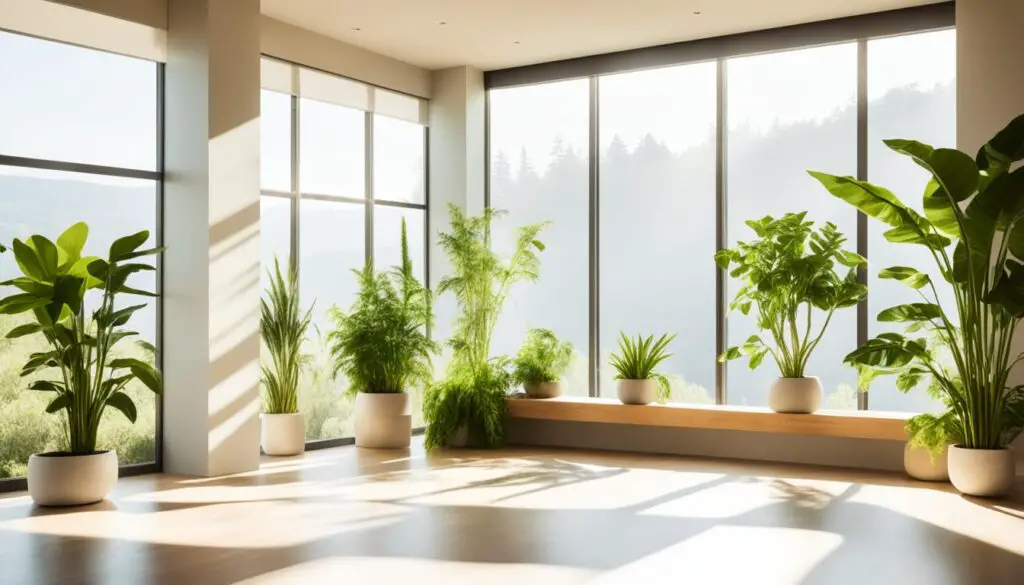
Biophilic design incorporates various key elements to create spaces that promote a strong connection with nature. Let’s explore some of these key elements:
Natural Light
Natural light is an essential component of biophilic design. It not only illuminates the space but also creates a sense of openness and a connection to the outdoors. Maximizing natural light can enhance the overall aesthetic and contribute to the well-being of individuals within the space.
Plants and Greenery
Integrating plants and greenery into the design brings life and vitality to any space. Indoor plants not only add aesthetic appeal but also improve air quality by filtering out pollutants. They create a refreshing and calming atmosphere, contributing to a sense of well-being.
Natural Materials
Biophilic design emphasizes the use of natural materials such as wood, stone, and natural fibers. These materials not only add texture and warmth but also showcase the beauty of the natural world. Incorporating natural materials creates a harmonious and balanced environment.
Natural Patterns and Colors
Natural patterns and colors found in nature are often incorporated into biophilic design. Whether it’s the intricate patterns of tree bark or the soothing colors of a coastline, these elements evoke a sense of tranquility and bring a touch of the outdoors into the space.
By integrating natural light, plants and greenery, natural materials, and natural patterns and colors, biophilic design creates spaces that foster a deep connection with nature, enhancing the well-being of those who inhabit them.
Benefits of Biophilic Design
Biophilic design is more than just an aesthetic choice for interior spaces. It offers numerous benefits for both individuals and the environment. Research has shown that incorporating natural elements into our built environments can have a positive impact on our well-being.
One of the key benefits of biophilic design is its ability to improve mood and reduce stress. Being surrounded by nature and natural elements has a calming effect on our minds and bodies, promoting relaxation and reducing anxiety. Studies have demonstrated that exposure to nature can lower heart rate, decrease blood pressure, and decrease levels of the stress hormone cortisol.
In addition to enhancing well-being, biophilic design can also enhance cognitive function and productivity. Natural light, for example, has been found to improve concentration and alertness, leading to increased productivity in both work and educational settings. The presence of plants and greenery indoors has been shown to boost creativity and improve mental clarity.
Furthermore, biophilic design promotes environmental sustainability. By incorporating natural materials, utilizing energy-efficient systems, and implementing sustainable practices, biophilic design reduces the carbon footprint of our built environments. It encourages a deeper connection with the natural world and encourages responsible stewardship of our planet.



